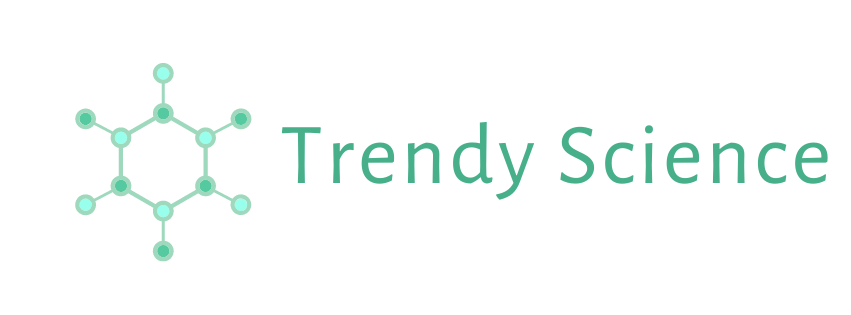Introduction
Science education is an essential component of modern education. It not only helps us understand the world around us but also equips us with the skills and knowledge to tackle the challenges of the future. However, many students find science education dull and uninteresting. The traditional lecture-based approach to teaching science can be tedious and uninspiring. Fortunately, there are innovative ways to make science education interactive and engaging for high school and bachelor students. In this article, we will explore some of these methods.
Interactive and Engaging Science Experiments
One of the best ways to make science education more interactive and engaging is through hands-on experiments. Students learn best when they can see the principles they are studying in action. However, many traditional science experiments can be dull and unexciting. To truly engage students, science experiments should be fun, interactive, and relatable. Some examples of interactive science experiments include:
- Building a Rube Goldberg machine: Students can work in teams to create a complex machine that performs a simple task. This experiment helps students understand cause-and-effect relationships and the principles of physics.
- Conducting a food taste test: Students can taste different foods and try to identify the chemical compounds responsible for their taste. This experiment helps students understand the chemistry of food and taste.
- Studying the behavior of insects: Students can observe the behavior of insects in their natural habitat and try to identify the reasons behind their behavior. This experiment helps students understand animal behavior and ecology.
Digital and Virtual Science Education
Another way to make science education more interactive and engaging is through digital and virtual learning tools. The rise of technology has opened up new avenues for science education, allowing students to learn in a more immersive and interactive way. Some examples of digital and virtual science education tools include:
- Virtual reality simulations: Students can use virtual reality headsets to explore scientific concepts in a virtual environment. For example, they can explore the inside of a cell or simulate a chemical reaction.
- Interactive apps and games: There are numerous apps and games that allow students to learn scientific concepts in a fun and interactive way. For example, the game "Foldit" allows players to fold proteins in order to help scientists understand their structure and function.
- Online labs: Many universities and educational institutions offer online labs that allow students to conduct experiments in a virtual environment. This is particularly useful for distance learning programs.
Collaborative and Project-Based Learning
Collaborative and project-based learning can also make science education more interactive and engaging. When students work together on a project, they not only learn scientific concepts but also develop teamwork and problem-solving skills. Some examples of collaborative and project-based learning activities include:
- Building a solar-powered car: Students can work in teams to design and build a solar-powered car. This project helps students understand the principles of physics and renewable energy.
- Conducting a scientific research project: Students can work in teams to conduct a scientific research project. This project helps students develop research and data analysis skills.
- Participating in a science fair: Students can participate in a science fair where they showcase their scientific projects and compete against other students. This project helps students develop presentation and communication skills.
Conclusion
Science education doesn't have to be boring! By using innovative teaching methods such as hands-on experiments, digital and virtual learning tools, and collaborative and project-based learning, teachers can make science education more interactive and engaging for high school and bachelor students. These methods not only make learning more fun but also help students develop critical thinking, problem

